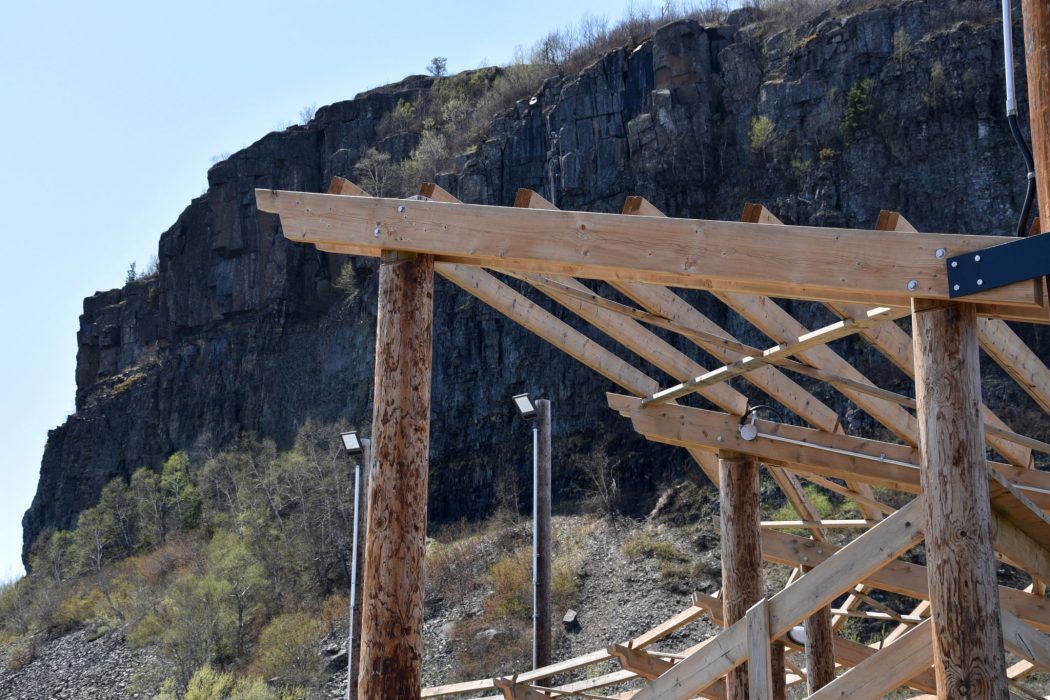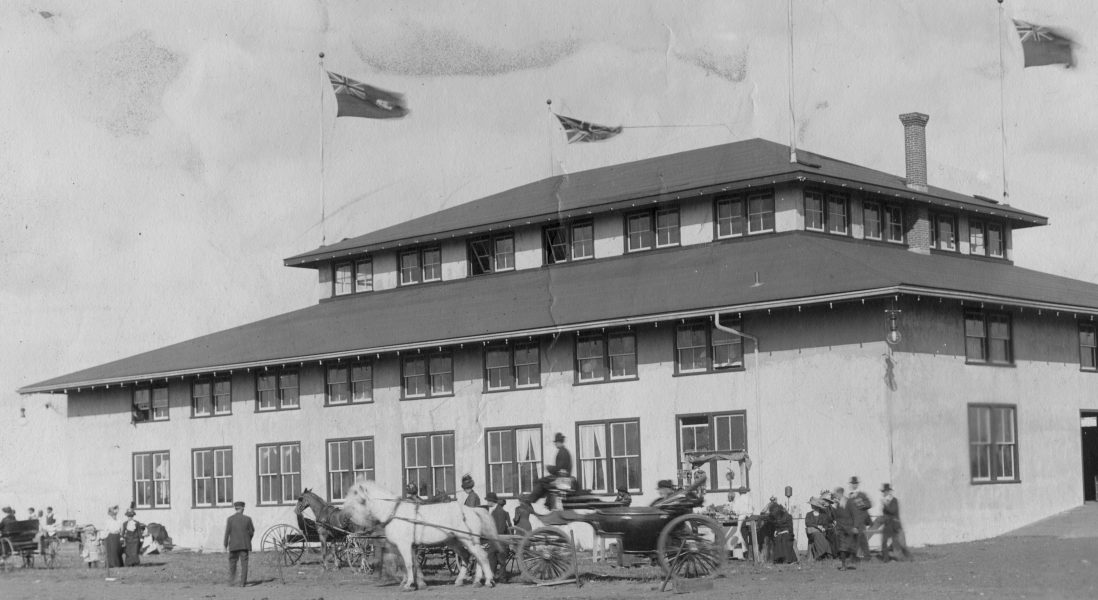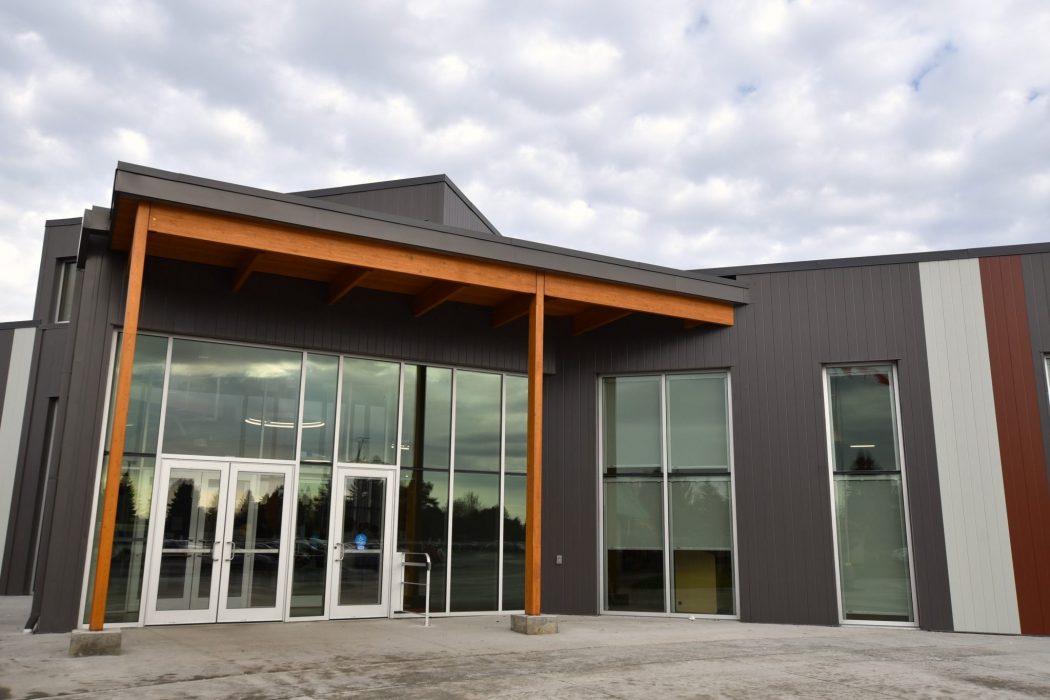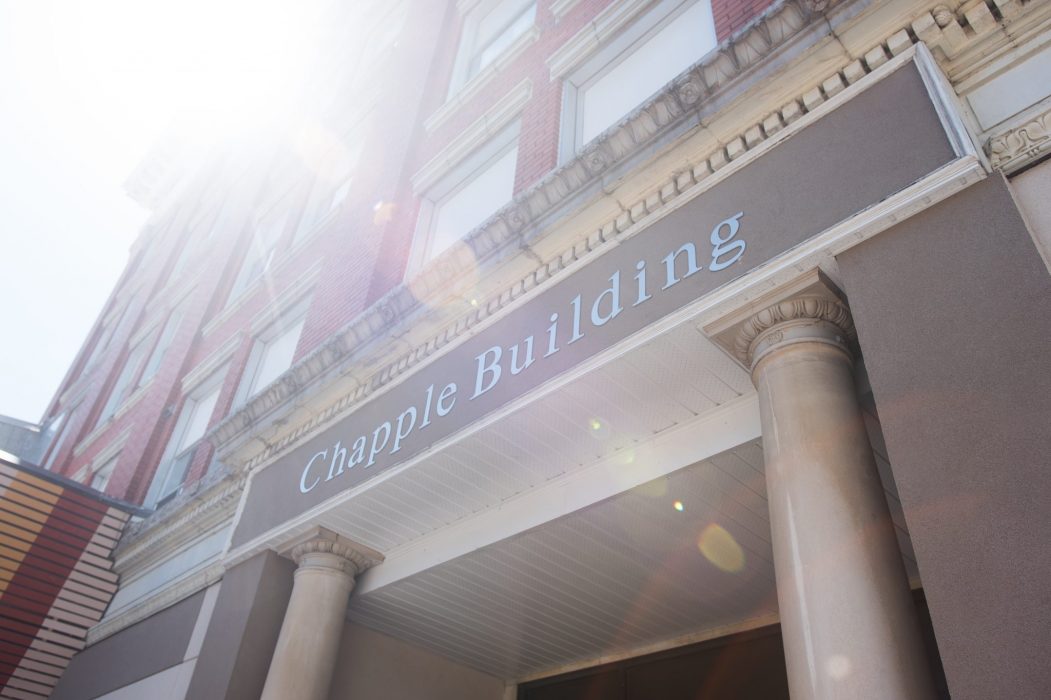Story and Photos by Adrian Lysenko
With its open views and natural mountain backdrop, Fort William First Nation’s pow wow grounds on Anemki Wajiw’s have been a gathering place to celebrate Ojibway culture and heritage since the early 1930s.
In 2015, the grounds underwent a significant upgrade when Oshki-Aki LP—a joint venture partnership between Fort William First Nation and True Grit Engineering—along with project partner FORM Architecture Engineering, began work on the project. “Working with the community, and particularly the community Elders who guided the design, was very inspirational,” says John Stephenson, a partner at FORM Architecture Engineering. “The process of design was very fascinating for us as we watched the Elders patiently search for consensus about major design decisions, especially regarding the location of the significant structures on this sacred Mount McKay site.”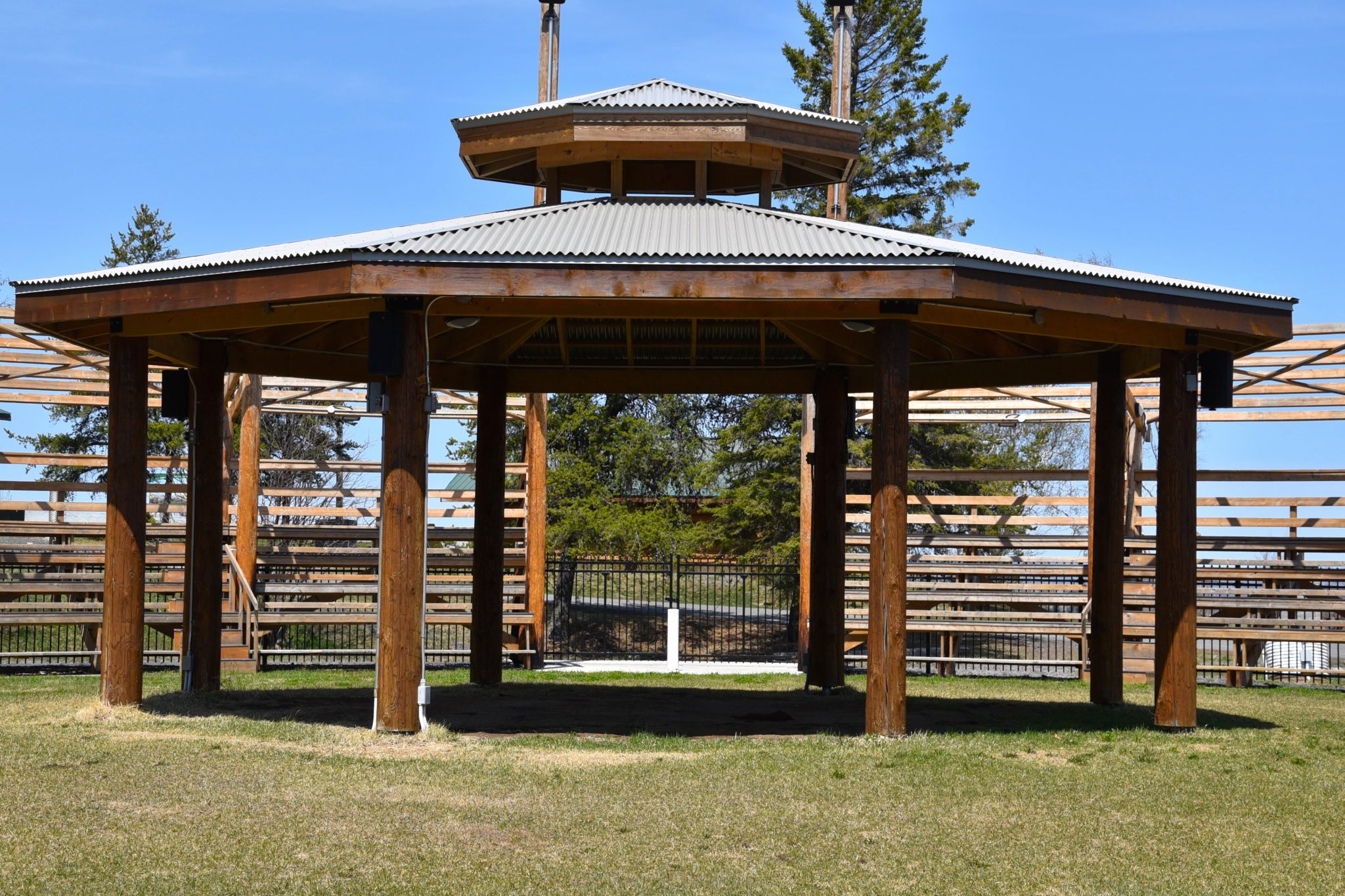
The redesigned and engineered grounds feature a wooden circular structure developed specifically for pow wow activities, with space for dancing and drumming as well as semi-circular bleachers with a seating capacity for 560 people. The structure is modelled after the traditional medicine wheel, with four entry points at each of the cardinal directions. “We learned from the Elders through the process of design of the importance of the cardinal directions and the significance of each entry into the circle addressing each of the four directions,” Stephenson says. He adds that the structure’s circular shape reflects “not only the pattern of circle dances that happen around the drummers in the middle, [but also] an expression of the importance of the circle as meaningful shape and form in Indigenous culture and spirituality.”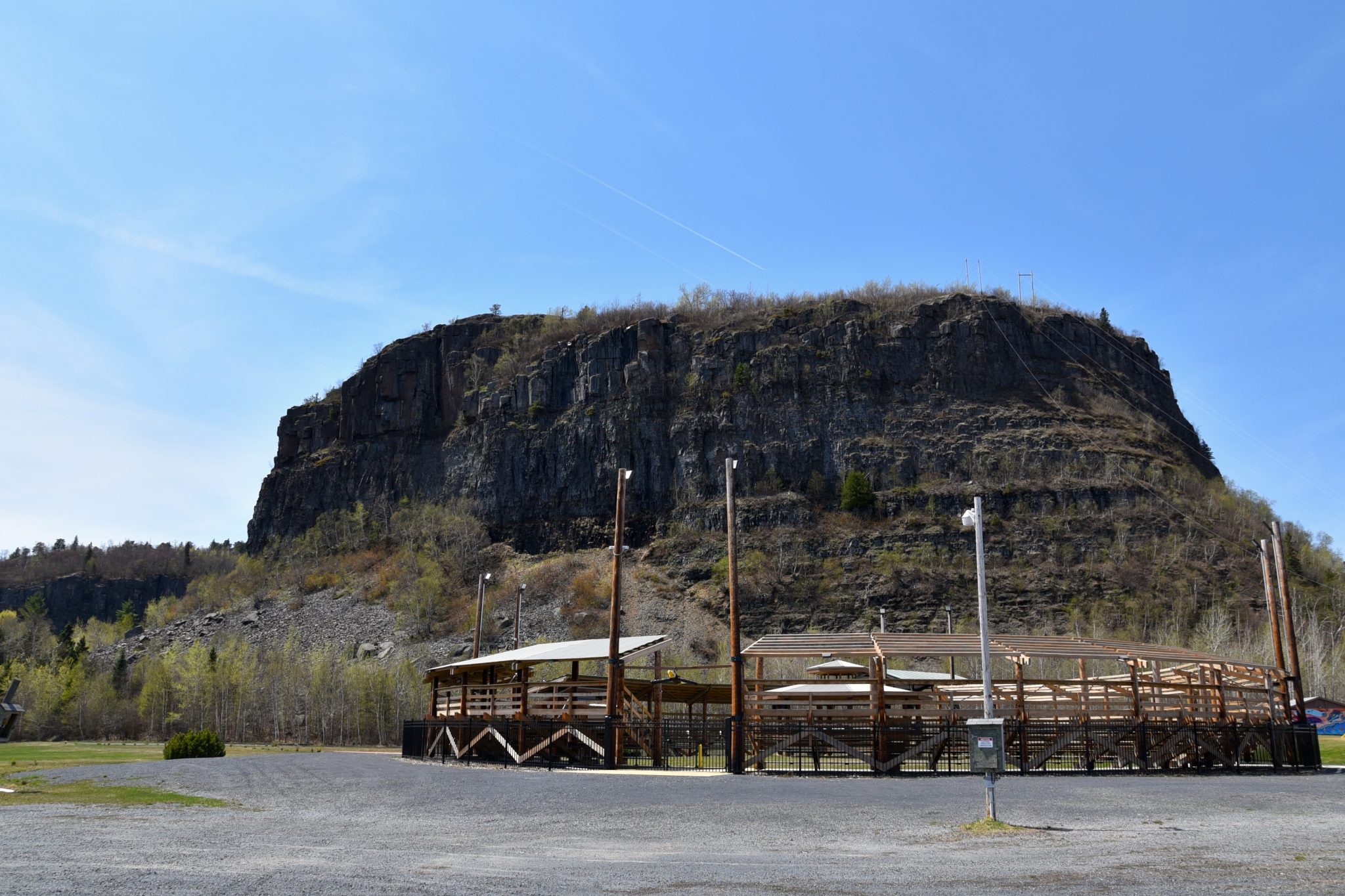
The grounds also include a raised centre arbour, which is meant as a focal point, with a sacred fire pit and a poured concrete foundation for a drum circle. There is also a partially covered Elders area with accessible seating and a patterned cement walkway featuring designs around the perimeter. During the construction of the pow wow grounds, Fort William First Nation members made up 50% of the workforce.
Great care was also taken in preserving the grounds’ connection to the natural world. “It was important that the material used on the construction was of nature, with wood being the predominant structural element, especially for the tall poles marking the entrances,” says Stephenson. The dimensional lumber used for the structure was Forest Stewardship Council certified, which means its cutting and processing was done in a way that supports responsible forest management. The project also considered stormwater management and the grounds were raised to avoid water accumulation problems and drainage off the site.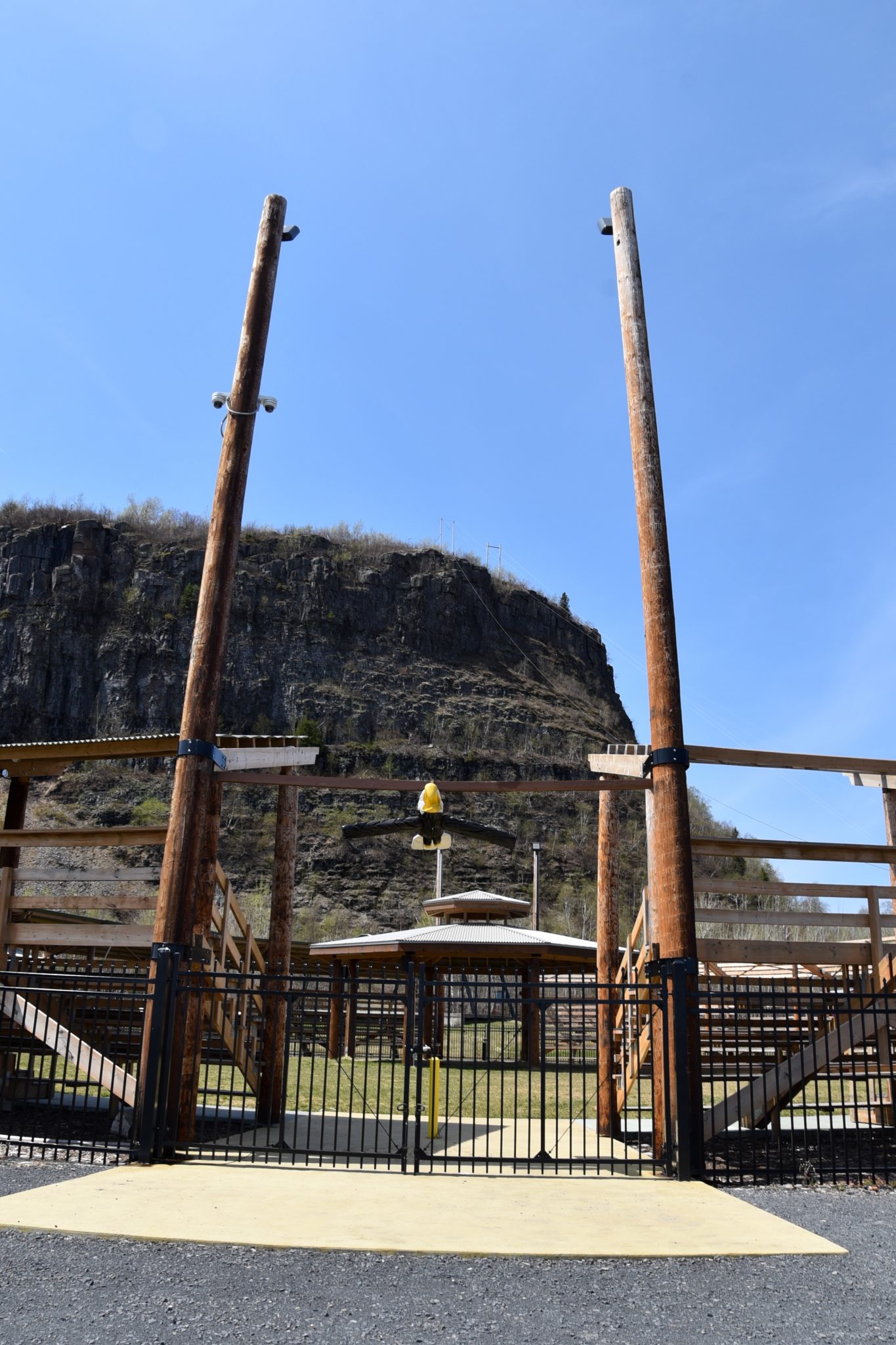
In April 2015, the City of Thunder Bay awarded the pow wow grounds project with a Clean, Green, and Beautiful Award. This annual award celebrates organizations and businesses whose building and renovation projects enrich the life of the community through public art, beautification, heritage, and environmental greening.
On June 21, National Aboriginal Day celebrations will take place on Anemki Wajiw with the theme “Honouring and Sharing Our History.” Festivities will include a pow wow, open-air concert, artisans, and a community feast.


